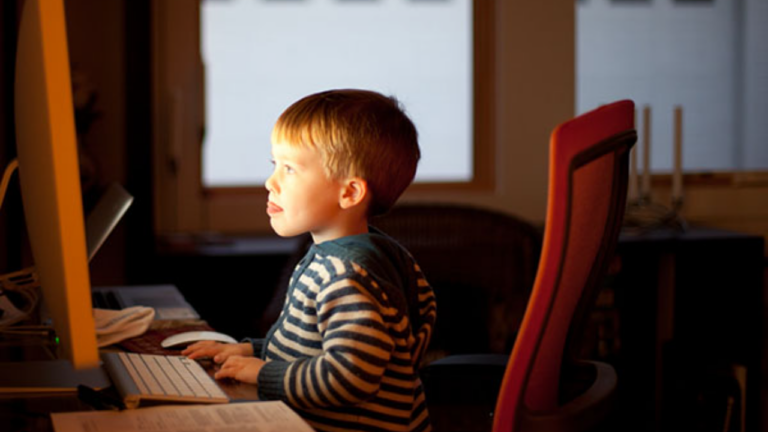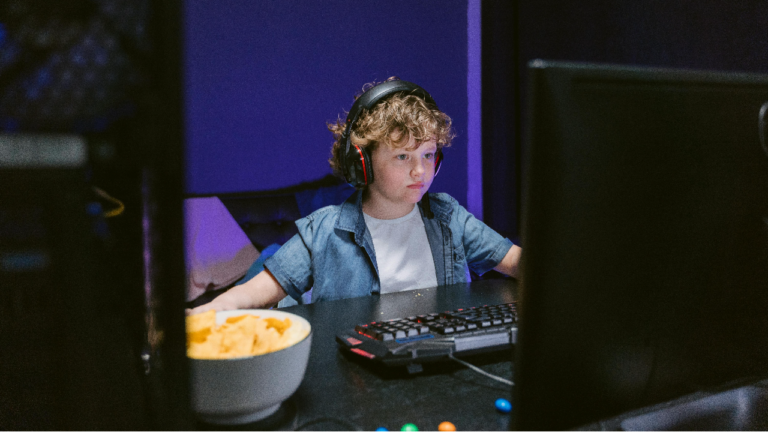Parental Control Software: Balancing Safety and Privacy

Most children today have access to an internet-connected device, which makes it all the more important to track their internet usage. However, this may present a tricky situation where the parent may need to strike a balance between keeping their child safe while also not invading their privacy.
Fortunately, it is possible to track your children’s activities without invading their privacy through parental control software. All parents have to do is create an open dialogue, allow some privacy, and use the parental software as a tool, rather than as a means of control.
If you’re worried about how you can respect your child’s privacy and protect them at the same time, continue reading below.
Understanding Parental Control Software
Parental control software is a program that is designed to help parents track and control the activities that their children engage in when using the internet.
It gives parents the ability to restrict the content that their children can access, block websites or apps that are deemed inappropriate, and monitor their behavior while they are online.
Parental control software works by installing a program on your child’s internet-connected devices. Once it is installed, it gives you the ability to establish specific rules and limits for your child that are based on their age or specific needs.
Some examples of these restrictions can include restricting access to particular websites or categories of information, imposing time limits on the use of devices, and monitoring discussions that take place online.
In addition to parental control software, you can also monitor your child’s activities through a computer monitoring software like Wolfeye. This software is ideal for parents only looking to monitor their child’s digital activities without restricting usage.
Why is Parental Control Software Necessary?

Children are spending an increasing amount of time on their electronic devices. A lot of young people rely on technology to remain in touch with friends, keep up with class, and spend spare time on their favorite applications and websites. Technology plays an important role in their lives.
As is the case with everything else, the most important thing for parents to do is to identify possible risks and work to reduce the amount of risk that their children are exposed to. And there are many risks when internet usage is involved. These include:
Inappropriate Material
This may include sites that promote gambling, profanity, unsettling or violent images or videos, sexist or discriminating content, and so on. What you consider unsuitable content will be determined by the child’s age and maturity level.
Cyberbullying
Children are spending an increasing amount of time on their electronic devices. A lot of young people rely on technology to remain in touch with friends, keep up with class, and spend spare time on their favorite applications and websites. Technology plays an important role in their lives.
As is the case with everything else, the most important thing for parents to do is to identify possible risks and work to reduce the amount of risk that their children are exposed to. And there are many risks when internet usage is involved. These include:
Inappropriate Material
This may include sites that promote gambling, profanity, unsettling or violent images or videos, sexist or discriminating content, and so on. What you consider unsuitable content will be determined by the child’s age and maturity level.
Cyberbullying
Bullying is something that a lot of children have to deal with. Although the online world may make the threat much bigger than just their close friends. Research conducted by the European Union (EU) estimates that 50% of all children have experienced some form of cyberbullying at some point in their lives.
Predators
Young children can give the impression that they are competent with technology. However, they tend to trust the people they meet online without question. Unfortunately, there are some adults who are willing to take advantage of such a situation. The majority of the time, they will attempt to gain the trust of their victims by pretending to be someone of the same age on social media, messaging, gaming, and other various applications.
Unintentional Data Leaks
Almost everyone has overshared on social media at some point. However, children typically have a larger online network of friends than adults do, which increases the risk of being targeted by cybercriminals seeking personal information. Cyber and physical attacks could exploit even the most innocent details, such as the name of a pet, home address, or even the fact that they are going on vacation.
Phishing
When your children sign up for social media, messaging apps, and email accounts, they will immediately start getting spam messages that are meant to trick them into giving out private information or installing malware. A lot of these seem credible. Some are even meant to attract victims with claims of freebies.
Excessive Screen Time
This has been related to a variety of medical issues that affect children, including eye problems, depression, overeating, and other issues. Excessive use of a computer also means that your children aren’t engaging with their peers in the real world, which may damage their emotional and social development.
How to Balance Children’s Safety and Privacy
While it is important to make sure your children remain safe on the internet, it is also important to avoid invading their privacy, as this can create mistrust between you and your child.
Here are some ways you can balance safety and privacy while using parental control software:
Use Parental Controls as a Tool
Parental control software can help parents keep an eye on what their children are doing online, block inappropriate material, and limit how much time their kids can spend on their devices. You should not use these tools as a method of censorship; rather, they are a way of helping your child learn how to strike a balance between their activities both online and offline.
Create Open Dialogue
Open dialogue is key to making sure that kids know how important it is to be safe online and use the internet responsibly. Have a conversation with your child about the risks they may face in the online world. Reassure them that you will be there to help them, but also trust them to make good decisions. This will be useful in striking a good balance between privacy and safety.
When integrating parental controls with open communication, it’s important to establish clear expectations and rules, talk about what is considered age-appropriate information, and monitor their internet activity without being too invasive.
Allow Some Privacy
As children turn into teenagers, they have a growing need for privacy. Make sure your child can have some privacy by not tracking all of their activities, such as conversations with known friends, etc.
By gradually relaxing parental controls, you can empower your child to make independent choices and accept responsibility for their online activity. This way, they can learn to think critically and responsibly as they navigate the digital world.
Conclusion
So, while it is difficult, you can still create a balance between keeping your child safe and respecting their privacy. Remember, the most important thing is to build trust between you and your children.